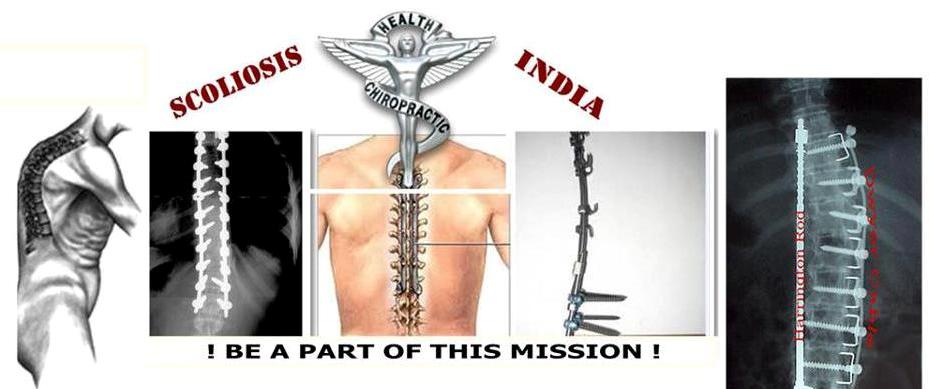Early detection and new treatment methods help doctors treat the spinal condition using magnets – and fewer surgeries.
Some curves in life are great – the curve on a mountain road that leads to a great view, or curveballs from a star baseball pitcher – while other curves, like a spine that bends from side to side, can mean trouble for a growing body. And while some cases of scoliosis are congenital (meaning children are born with vertebral curves) or neuromuscular (stemming from cerebral palsy, spina bifida or other conditions), about 80 percent of scoliosis cases are idiopathic – doctor speak for “we don’t really know why it occurs” – and tend to develop during puberty.
According to Dr. Christina Sayama, pediatric neurosurgeon at OHSU Doernbecher Children’s Hospital, both parents and primary care physicians should be on the lookout for markers of this condition, which impacts up to 9 million Americans.
“Early detection is key to avoiding surgery or complications with the heart and lungs,” says Dr. Sayama.
Scoliosis tends to run in families, so be sure to speak to your pediatrician about any family history of spinal conditions, and watch for the development of uneven shoulders or hips, an unusual gait or a spine that curves to one side when a child bends over.
“Once scoliosis is suspected, the gold standard of diagnosis is an upright spinal X-ray – and anything greater than 10 degrees of curvature is considered scoliosis,” explains Dr. Sayama. “Up to 20 degrees is considered mild; between 20 and 40 degrees, many neurosurgeons and orthopaedic doctors will recommend using a brace; and I will recommend surgery for a curve greater than 45 degrees.”
For growing bodies with mild scoliosis, Dr. Sayama often recommends physical therapy and core strengthening in addition to the proven strategy of wearing a brace.
“The longer a child wears the brace every day, the more likely they are to succeed in keeping the curve from progressing and needing surgery,” she explains.
And what about when surgery is necessary? In the past, a severe scoliosis diagnosis meant multiple surgeries – every 6-9 months – to lengthen growing rods that guided the spine into a healthier position. Thankfully, a new treatment is drastically reducing the number of surgeries necessary for little ones. Called the Magec Growing Rod System, the technique requires an initial surgery to implant temporary growth rods that can be lengthened by magnets from outside the body until a child reaches skeletal maturity. That means less time in the hospital, and more time practicing those curveballs
Source : OHSU , 9th Oct 2017
Source : OHSU , 9th Oct 2017

We are thankful to you for sharing this plethora of useful information. I found this resource utmost beneficial for myself. Thanks a lot for hard work. can inversion table help scoliosis
ReplyDelete